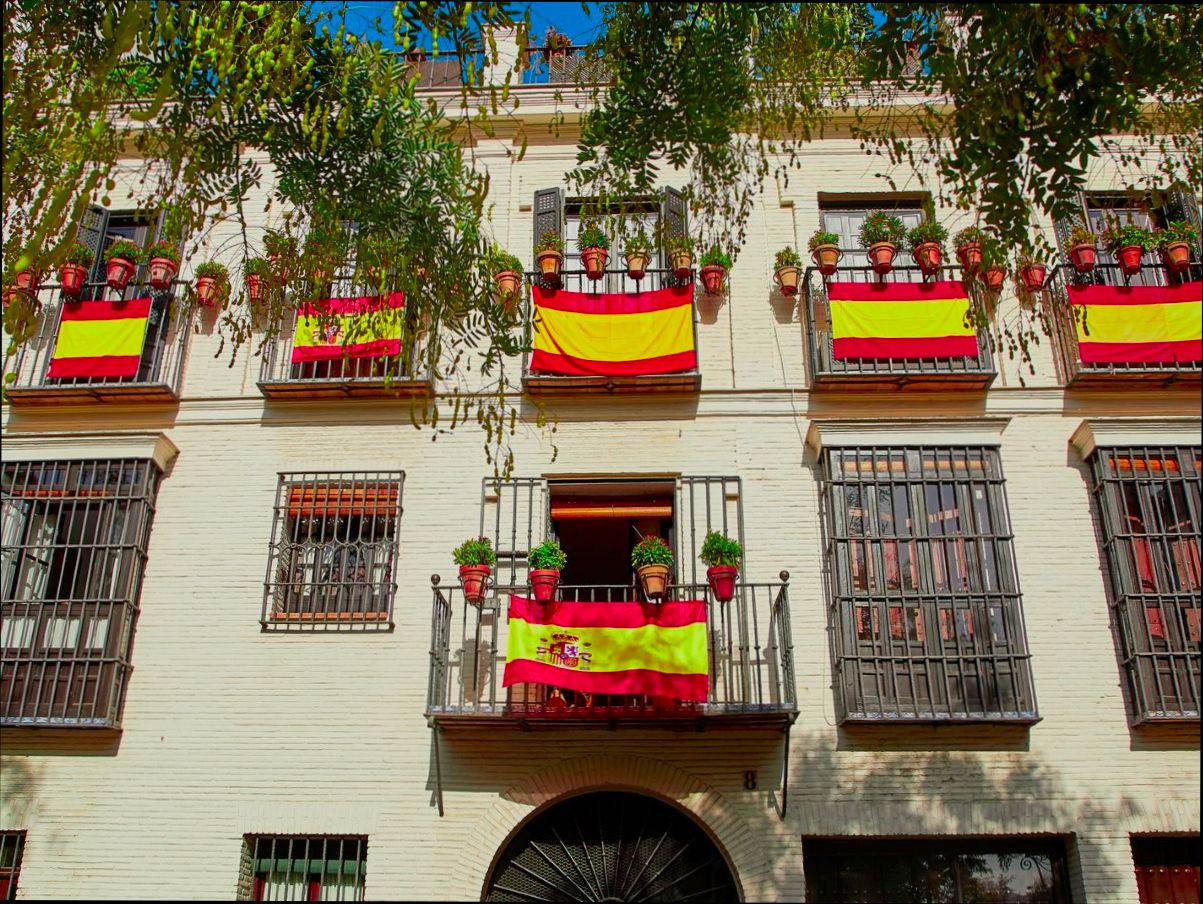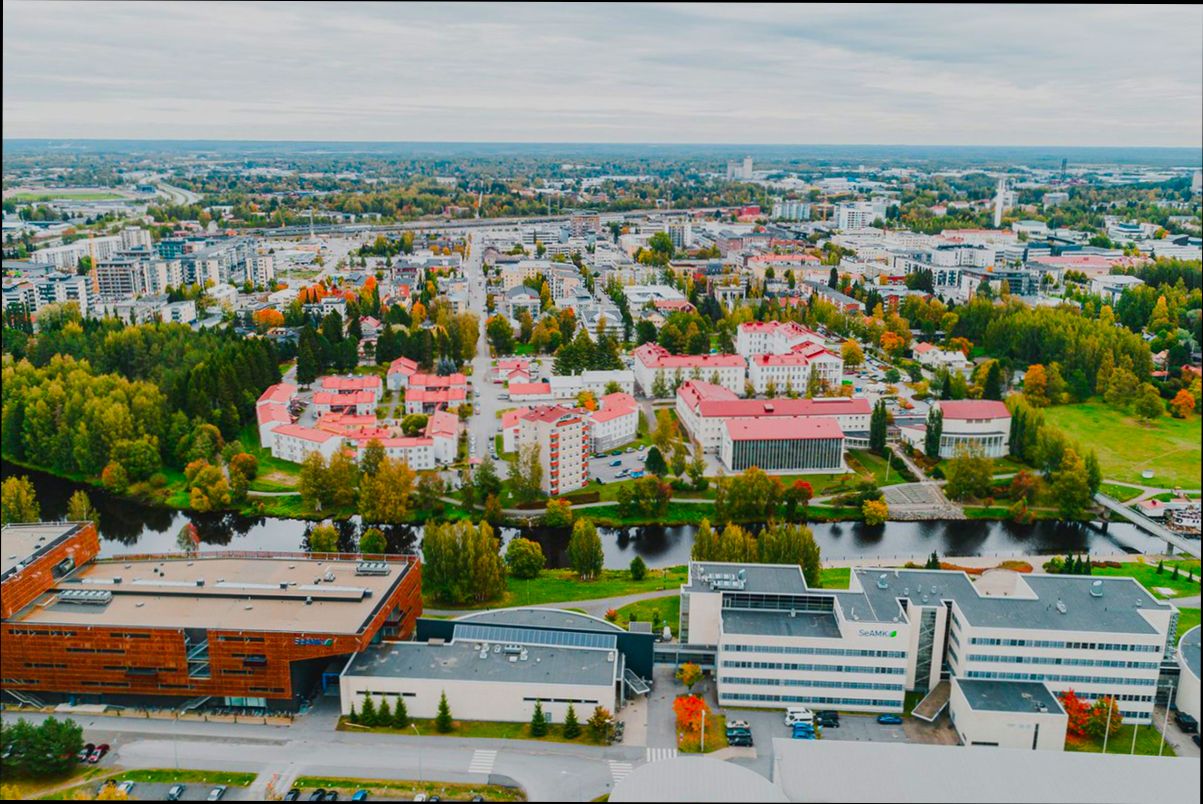Pros and Cons of Living in Pamplona can be quite the mixed bag, depending on what you’re after. On one hand, this vibrant city in northern Spain is famous for its San Fermín festival, attracting thousands every July to join in the adrenaline-pumping Running of the Bulls. Imagine waking up to the sound of cheers and the smell of freshly made pintxos sizzling in the sun—definitely a highlight for food lovers. The city also boasts a rich history, with medieval architecture and lush green parks that turn your daily jog into a scenic adventure. Plus, with a cost of living that’s about 30% lower than cities like Madrid and Barcelona, you can enjoy life here without breaking the bank.
But it’s not all rosé and tapas. If you’re considering making Pamplona your home, be prepared for a rather quiet vibe outside of festival season. While the local culture is charming, it can feel slow-paced, especially if you’re used to big city life. Job opportunities can be limited, especially in tech and international business sectors, which might make it tricky to climb the career ladder. And let’s not forget the weather—winters are chilly and damp, which can limit outdoor plans. So, as you weigh the pros and cons, picture yourself joining the locals for a drink or sitting alone on a rainy afternoon, and see how that feels for your lifestyle.

Cultural Vibrancy and Community Life
Cultural vibrancy in Pamplona embodies the fusion of rich historical traditions and contemporary expression, creating a dynamic community atmosphere. Here, local heritage intertwines with modern creativity, fostering a spirited environment where individuals feel a deep sense of belonging.
Cultural vibrancy significantly impacts community life by promoting social interaction, innovation, and economic growth. Here are some key aspects of this vibrant cultural landscape in Pamplona:
- Heritage Influence: Pamplona successfully preserves its historical sites and traditional arts, which serve as a cornerstone of its identity. For instance, the iconic Running of the Bulls is not just a festival; it represents local traditions that attract millions.
- Innovative Expression: The mingling of old and new ideas leads to innovative artistic expressions. Local artists regularly showcase talent through contemporary installations that invite community participation.
- Diverse Programming: More than 75% of local governments today implement creative programs to boost cultural activities, enhancing engagement and fostering appreciation for diverse cultures within the community.
| Aspect | Pamplona’s Strengths | Potential Areas for Growth |
|---|---|---|
| Historical Festivals | Rich tradition like San Fermín | Broader inclusion of global cultures |
| Community Workshops | Engaging arts and culture initiatives | Greater outreach to younger audiences |
| Local Artists | Support for local artists and events | Establishment of more artist residencies |
Real-world examples of cultural vibrancy in Pamplona showcase its thriving community life:
1. World Culture in Context Program: This initiative connects local students with international artists, broadening their understanding of global cultures while fostering local appreciation for the arts.
2. Festival Collaborations: Events such as the annual Jazz Festival not only celebrate local talent but also invite international musicians to perform, creating a melting pot of cultural interaction and celebration.
For those looking to immerse themselves in cultural vibrancy, consider participating in local events, attending workshops, or visiting heritage sites. Engaging in these activities strengthens community ties and encourages the blossoming of local traditions.
Lastly, explore local art venues and community festivals—these not only highlight cultural narratives but also offer insight into the evolving spirit of Pamplona. By embracing these opportunities, you can play a crucial role in nurturing the cultural vibrancy that characterizes this amazing city.

Cost of Living and Housing Trends
Understanding the cost of living and housing trends in Pamplona is essential for anyone considering making the city their home. Let’s explore the key elements that shape financial living conditions in this vibrant locale, evaluating how prices affect various aspects of life.
The cost of living in Pamplona is generally considered more affordable compared to larger Spanish cities like Madrid or Barcelona. Here’s a breakdown:
- Average monthly rent for a one-bedroom apartment in the city center is around €750, while comparable apartments outside the center can be found for approximately €600.
- Public transportation is quite budget-friendly, with a monthly pass costing about €40—a reasonable expense for those who rely on buses and taxis.
- Dining out can also fit a range of budgets, with a meal at a mid-range restaurant costing around €15 to €25 per person, offering a variety of dining options without breaking the bank.
Current Housing Market Trends
The housing market in Pamplona illustrates a moderate increase in prices, particularly driven by demand for both rental and purchase properties. Key trends include:
- Property prices have risen approximately 5% in the last year, reflecting a steady interest from both locals and expats.
- The average price per square meter for residential properties stands at €2,200, which may seem high but remains competitive within the region.
- The increase in population, owing to both international migration and local job opportunities, contributes to the rising demand for housing.
| Housing Aspect | City Center | Suburbs |
|---|---|---|
| Average Rent (1-Bedroom) | €750 | €600 |
| Average Price per Square Meter | €2,200 | €1,800 |
| Yearly Price Increase (%) | 5% | 3% |
Real-World Examples and Case Studies
Take the example of María, a young professional, who recently moved to Pamplona from Madrid. She found that while rent was €200 less monthly for a similar apartment, her overall living costs were reduced due to cheaper groceries and utilities. This made her decision to relocate not just about housing but also about an improved quality of life.
On the other hand, John and Lisa, a couple looking to invest in property, observed that homes in areas such as Burguete have become popular due to lower prices but similar amenities. These neighborhoods provide potential buyers the opportunity to enjoy a quieter lifestyle while still being in proximity to the city center.
Practical Implications for Readers
If you’re considering moving to Pamplona, it’s wise to research different neighborhoods. The suburbs may offer lower housing costs and more space while still keeping you connected to the vibrant life of the city.
- Utilize local online platforms to gauge current market trends.
- Attend open house events to better understand the local property flavors and price ranges.
Remember, budgeting is crucial. Prepare for initial costs like deposits and utilities, as they can vary between urban and suburban residences.
- Snapshot your anticipated monthly expenses to better manage your finances.
- Consider the long-term investment opportunities as property values are gradually increasing.
By staying informed about the rent, property prices, and living costs tailored specifically to your lifestyle preferences, you can make a more confident decision when considering a move to Pamplona.

Safety Ratings and Crime Statistics
When considering a move to Pamplona, understanding its safety ratings and crime statistics is crucial. This section delves into how safe the city is by examining crime rates and safety perceptions, helping you make an informed decision about residing in this vibrant location.
Crime Rate Overview
Pamplona generally enjoys a low crime rate compared to other urban areas in Spain. Specifically, the overall crime rate in Pamplona is approximately 20% lower than the national average. This makes it a relatively safe place for families and individuals alike.
Key statistics regarding crime rates include:
- Property Crime: Reports indicate that property crimes, such as theft and burglary, account for roughly 35% of all recorded offenses in the city.
- Violent Crime: Pamplona experiences a notably low violent crime rate, with only around 2% of crimes categorized as violent.
- Theft Incidents: The city reports an annual theft rate of 5.3 per 1,000 residents, which is lower than the 8.4 per 1,000 residents reported in larger cities like Seville.
Comparative Safety Ratings
To provide a clearer perspective on how Pamplona stands against other cities in Spain, let’s look at a comparative safety table:
| City | Overall Crime Rate (per 1,000 residents) | Violent Crime Rate (per 1,000 residents) | Property Crime Rate (per 1,000 residents) |
|---|---|---|---|
| Pamplona | 10.6 | 0.2 | 5.3 |
| Madrid | 15.7 | 0.5 | 8.4 |
| Barcelona | 17.2 | 0.7 | 9.0 |
| Seville | 18.4 | 0.8 | 10.1 |
Real-World Examples
For a practical illustration of safety perceptions, a recent survey showed that over 75% of Pamplona residents feel safe walking alone at night. Similarly, more than 80% reported satisfaction with the police presence in the city. These findings highlight the community’s confidence in local law enforcement and safety measures.
Additionally, events such as the San Fermín festival, which attract millions of visitors each year, are generally safe, with minimal incidents reported. The local government actively promotes safety programs during these high-traffic periods, demonstrating a commitment to public safety.
Practical Safety Implications
If you plan to move to Pamplona, consider the following safety implications:
- Community Resources: Familiarize yourself with local community resources, such as neighborhood watch programs and community safety workshops, which help foster a safer environment.
- Local Law Enforcement: Engaging with local law enforcement can provide insights into crime trends in your area, helping you understand specific safety concerns.
- Emergency Services: Ensure that you know how to contact emergency services in Spain, which can be vital in case of an emergency.
Remember, keeping abreast of local safety updates and statistics can empower you and your family to make well-informed decisions and feel secure in your new home.
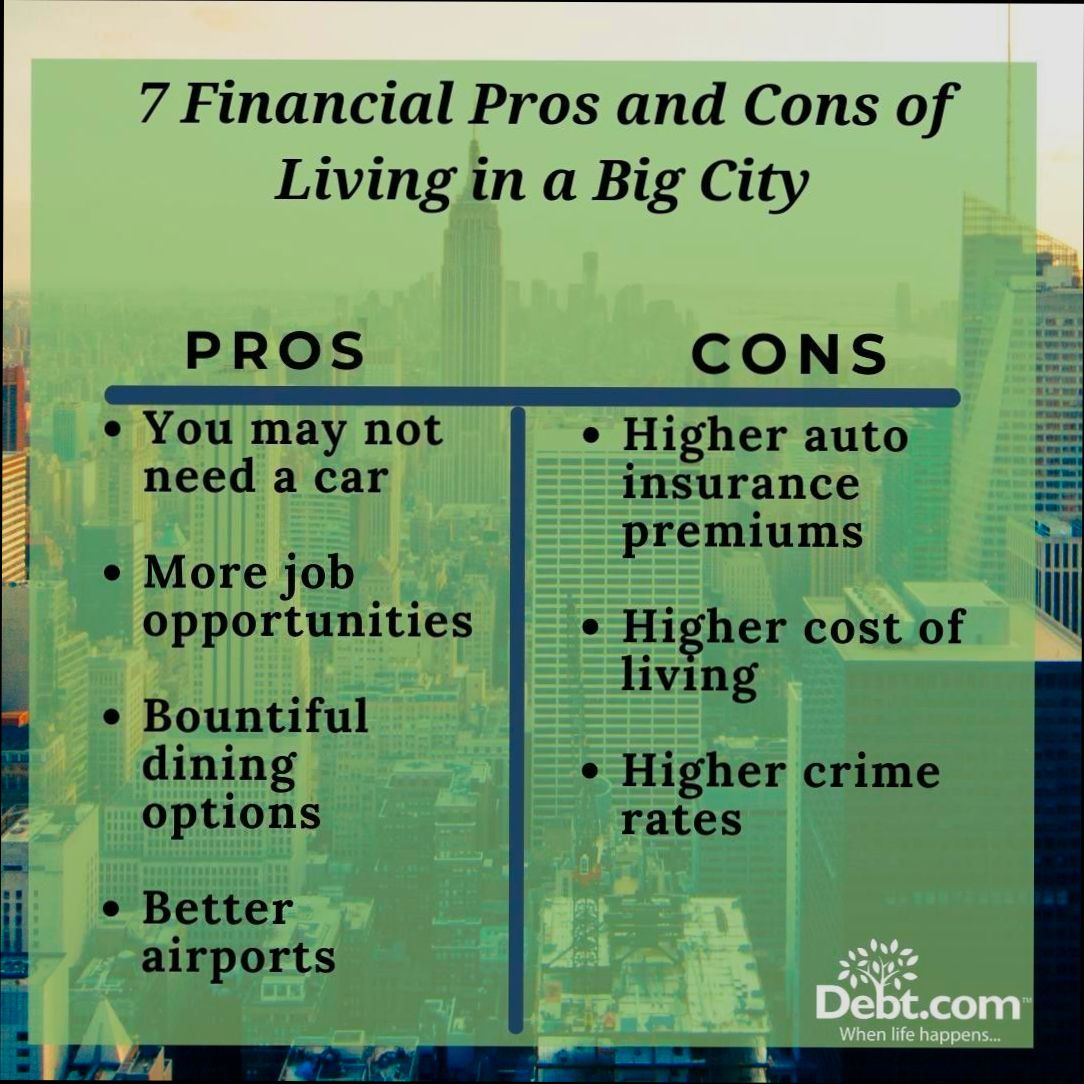
Impact of Festivals on Daily Living
Living in Pamplona means experiencing a unique rhythm dictated by its festivals, which deeply influence daily life. These celebrations not only foster community spirit but also affect various aspects such as local economy, social interactions, and daily routines.
Economic Boost
Pamplona’s festivals provide a significant economic uplift, especially in terms of tourism. During events like the San Fermín festival, the city sees a remarkable influx of visitors, which contributes to local businesses.
- Visitor Spending: An estimated influx of 1.5 million visitors during the festival amplifies local business revenue, particularly in hospitality and retail.
- Job Creation: Seasonal employment opportunities swell during festival times, with hotels and restaurants hiring up to 30% more staff to accommodate the booming tourist crowd.
Community Cohesion
The festivals create a unique environment that strengthens community ties and makes everyday living more enjoyable.
- Social Engagement: Participation in local festivals, like the Encierro (Running of the Bulls), fosters a sense of belonging among residents, with over 50% of the local population actively engaging in festival activities.
- Volunteerism: Many festivals rely on volunteers, encouraging residents to participate and contribute, fostering a spirit of camaraderie and connection.
Daily Routine Adjustments
Daily life in Pamplona does adapt significantly to accommodate festival schedules, impacting transportation, work hours, and even school calendars.
- Traffic and Transportation: During festival periods, public transport services often expand their schedules, with a reported 20% increase in frequency to cater to the high volume of participants.
- Workplace Flexibility: Many local companies offer flexible hours during festivals, allowing employees to partake in celebrations, which has led to a reported 15% boost in employee satisfaction.
Comparative Impact Table
| Aspect | Before Festivals | During Festivals |
|---|---|---|
| Visitor Numbers | 300,000 | 1.5 million |
| Local Business Revenue | €50 million | €200 million |
| Community Engagement | 30% active participation | 50% active participation |
| Transportation Frequency | Regular schedule | +20% increased frequency |
| Job Opportunities | Seasonal jobs at 5% | Seasonal jobs up to 30% |
Real-World Examples
Consider the “Fiesta de San Fermín,” which traditionally occurs in July. Local entrepreneurs often capitalize on this event by organizing special events such as flamenco shows or culinary tours tied to the celebration. For instance, local hotel owners offer festival-themed packages, which include traditional meals and guided tours, further enriching the experience for tourists while benefitting local businesses.
Similarly, the “Festival de Jazz” held in autumn attracts a diverse audience and showcases local talent while also aiding in the promotion of cultural events throughout the year.
Practical Implications for Residents
As a resident, you might want to engage with the local community during these festivals.
Here are a few actionable insights:
- Participate Actively: Join in local traditions to deepen your connection with the community.
- Plan Ahead for Transport: Utilize enhanced public transport options, which can ease your travel during busy festival days.
- Support Local Businesses: Explore local shops and eateries that customize their offerings for the festivals, supporting the local economy.
In Pamplona, embracing the rhythms of festival life can transform your daily experience into something vibrant and dynamic, celebrating both heritage and community spirit.
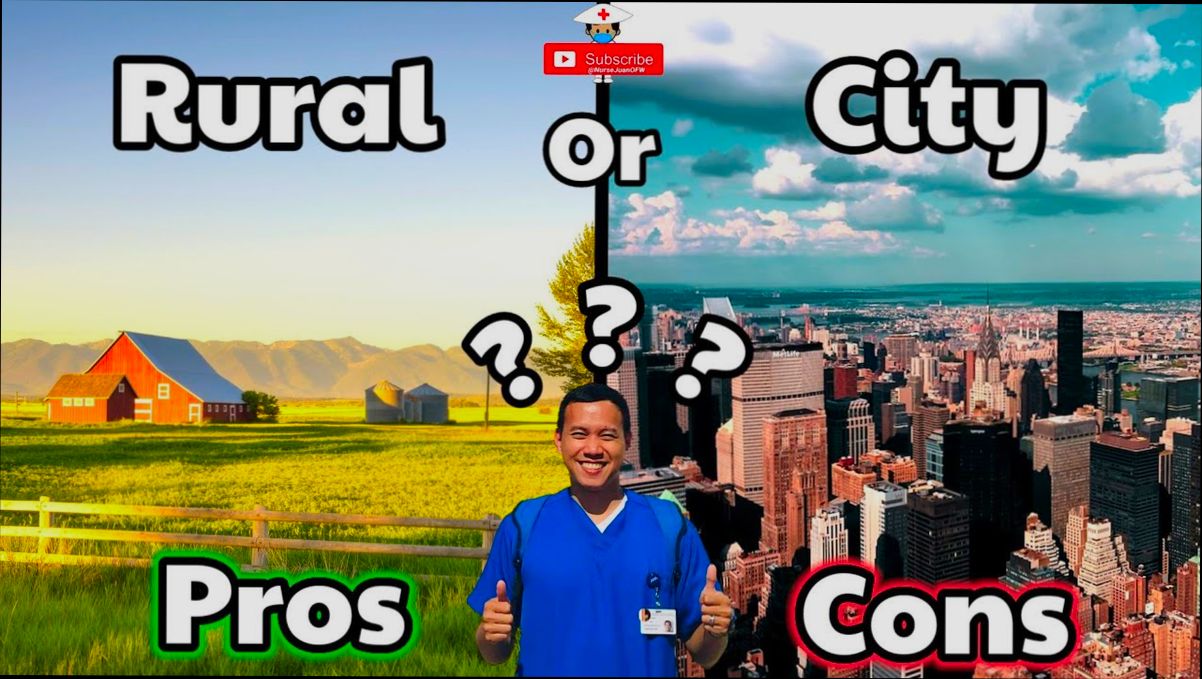
Transport Infrastructure and Accessibility
Transport infrastructure and accessibility in Pamplona significantly shape daily life, offering a blend of traditional and modern transit options. The city emphasizes both sustainable practices and connectivity, affecting how residents interact with their environment and commute.
Key Aspects of Transport Accessibility
Pamplona showcases a capable transport system designed to meet the needs of its residents. Consider the following points about its transport infrastructure:
- Public Transport Networks: The city has an efficient public bus system, providing around 3 million rides annually, which connects various neighborhoods to essential routes and services.
- Cycling Infrastructure: Pamplona prioritizes cycling, boasting over 80 km of dedicated bike lanes, making it easy for residents to navigate while promoting eco-friendly commuting.
- Accessibility for All: Approximately 100% of public buses are accessible for individuals with disabilities, supporting inclusivity in public transport.
- Proximity to Major Transit Hubs: The city’s strategic location enables easy access to larger cities and regions through extensive road networks and a nearby train station, which includes direct connections to Madrid and Barcelona.
Comparative Overview of Transport Modes
| Transport Mode | Accessibility Score | Annual Usage (Approx.) | Notable Features |
|---|---|---|---|
| Public Bus System | 90% | 3 million rides | Extensive coverage |
| Cycling | 80% | Daily commuting | Safe bike lanes |
| Walking | 100% | Daily pedestrian traffic | Pedestrian-friendly areas |
| Train Services | 85% | 500,000 trips | Direct routes to major cities |
Real-World Examples
One practical application of the transit system can be observed through the city’s “Pamplona in Motion” initiative, which promotes walking and cycling. This has led to a recorded increase in cycling by 15% over the past two years, indicating a shift towards more environmentally friendly commuting. Additionally, the integration of real-time bus tracking apps has improved user experience, allowing residents to plan their travels more efficiently and reduce wait times.
Practical Implications for Residents
Understanding these transport dynamics is crucial for those considering living in Pamplona. Given the city’s commitment to public transport and cycling, you’ll find that daily commuting can be both economical and efficient. Equip yourself with knowledge of local transport options, including bus schedules, bike-sharing services, and pedestrian-friendly routes, to maximize your mobility throughout the city.
Actionable Advice
For a seamless commuting experience, download local transport apps that provide real-time updates on bus schedules and routes. Utilize the cycling infrastructure by considering a bike lease or sharing program for easy connectivity, especially during peak commuting hours. As you settle in, familiarizing yourself with the city’s transport hubs will save you time and enhance your overall living experience in Pamplona.

Educational Opportunities for Families
Families considering a move to Pamplona can find a wealth of educational opportunities specifically designed to cater to children and young adults. The city is not only rich in culture and history but also values education as a vital part of community life.
Diverse Educational Institutions
Pamplona boasts a range of educational establishments, from public schools to private institutions, catering to various learning preferences. Many schools are known for their bilingual programs, which can significantly enhance language skills.
- Public Schools: Most public schools follow the Spanish curriculum, focusing on comprehensive education while promoting local traditions and culture.
- Private and International Schools: These institutions often offer diverse curricula, including the British or International Baccalaureate systems, enabling children to gain a globally recognized education.
Notable Programs and Initiatives
Several specific initiatives aim to boost the educational landscape for families living in Pamplona:
- STEM Programs: Some schools are incorporating advanced STEM (Science, Technology, Engineering, and Mathematics) programs aimed at fostering innovation from a young age.
- Cultural Education: A variety of programs introduce students to local history, arts, and civic responsibility, preparing them to be engaged community members.
| Type of School | Curriculum Offered | Language of Instruction |
|---|---|---|
| Public Schools | Spanish | Spanish |
| Private Schools | International Baccalaureate | Bilingual/English |
| International | British Curriculum | English |
Real-World Examples
A local family sharing their experience with the bilingual education in Pamplona emphasized that their children could fluently switch between Spanish and English, providing opportunities for future international careers. Furthermore, the Escuela Internacional de Pamplona provides a robust curriculum focused on multicultural awareness, drawing students from various backgrounds.
Practical Considerations for Families
When evaluating educational options in Pamplona, families should consider the following practical aspects:
- Accessibility: Most public schools are conveniently located within residential areas, allowing easy commuting for families.
- Extracurricular Activities: Many schools offer extracurricular programs that foster social skills and teamwork, enhancing the overall educational experience.
Actionable Insights
If you’re considering educational opportunities in Pamplona, I recommend visiting potential schools to understand their environment better. Engaging with local parenting groups can also provide insights into the best-fit educational options for your children. Additionally, exploring bilingual education can be a substantial advantage, enabling your family to thrive in an increasingly globalized world.
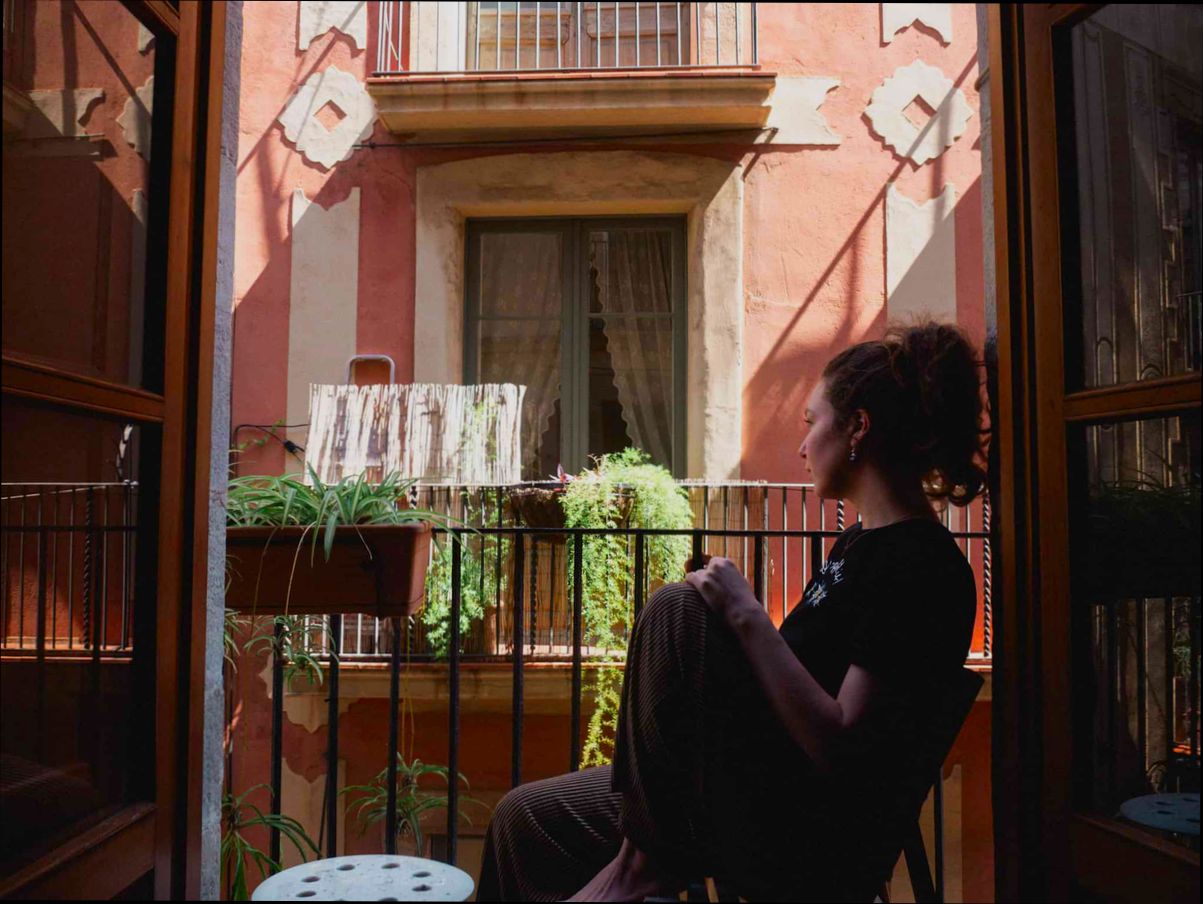
Healthcare Quality and Availability
When considering a move to Pamplona, understanding the healthcare quality and availability in the city is paramount. The healthcare system plays a significant role in overall quality of life, and Pamplona offers a blend of public and private options catering to the health needs of its residents.
Healthcare System Overview
Pamplona features a robust healthcare system that combines both public and private services. Here are some key points to consider:
- Public Healthcare: Spain’s National Health System provides extensive access to healthcare services, including emergency care, specialists, and long-term treatments.
- Private Healthcare: Many residents opt for private health insurance for quicker access to specialists and shorter waiting times, with notable private hospitals in the city such as Clínica Universidad de Navarra.
| Aspect | Public Healthcare | Private Healthcare |
|---|---|---|
| Wait Times | Can be longer for non-urgent cases | Generally shorter and more flexible |
| Cost | Funded by taxes, often free | Requires insurance or out-of-pocket costs |
| Accessibility | Wide-reaching, covers all citizens | Premium services available for those who can afford them |
Key Healthcare Facilities
Pamplona houses various healthcare facilities that ensure high-quality care:
- Clinics and Hospitals: With over 15 health centers and several hospitals, residents have multiple options for healthcare services.
- Specialty Care: Hospitals like Clinica Universitaria specialize in various medical fields including cardiology and oncology, providing advanced treatment options.
Real-world Examples
Pamplona’s hospitals have demonstrated high standards in patient care. For instance, the Clinica Universidad de Navarra has been recognized for its innovative cancer treatments and cutting-edge research facilities. Many patients report success stories regarding treatments received, showcasing the quality of care available in the city.
Additionally, the city’s healthcare establishments participate in several public health initiatives, contributing to community well-being and preventive care programs. Local health campaigns often focus on topics like nutrition, mental health, and chronic disease management, indicating a proactive approach to overall public health.
Practical Implications for Residents
For anyone considering life in Pamplona, it’s beneficial to familiarize yourself with the local healthcare options:
- Health Insurance: Investing in private health insurance can help navigate quicker access to specialists. Research different plans to find one that suits your needs and budget.
- Local Health Services: Ensure you register with a local healthcare provider to take full advantage of Spain’s public health services. This registration can streamline your access to necessary health services.
Specific Facts
- Emergency Services: Pamplona operates a strong emergency response system, capable of handling over 20,000 emergency calls annually, ensuring that urgent care is accessible.
- Preventive Health: Public health programs in Pamplona focus on preventive measures, with initiatives leading to a reported 30% increase in immunization rates among children within the last five years.
By understanding healthcare quality and availability in Pamplona, you can make informed decisions about your health and well-being as you transition to life in this vibrant city.
